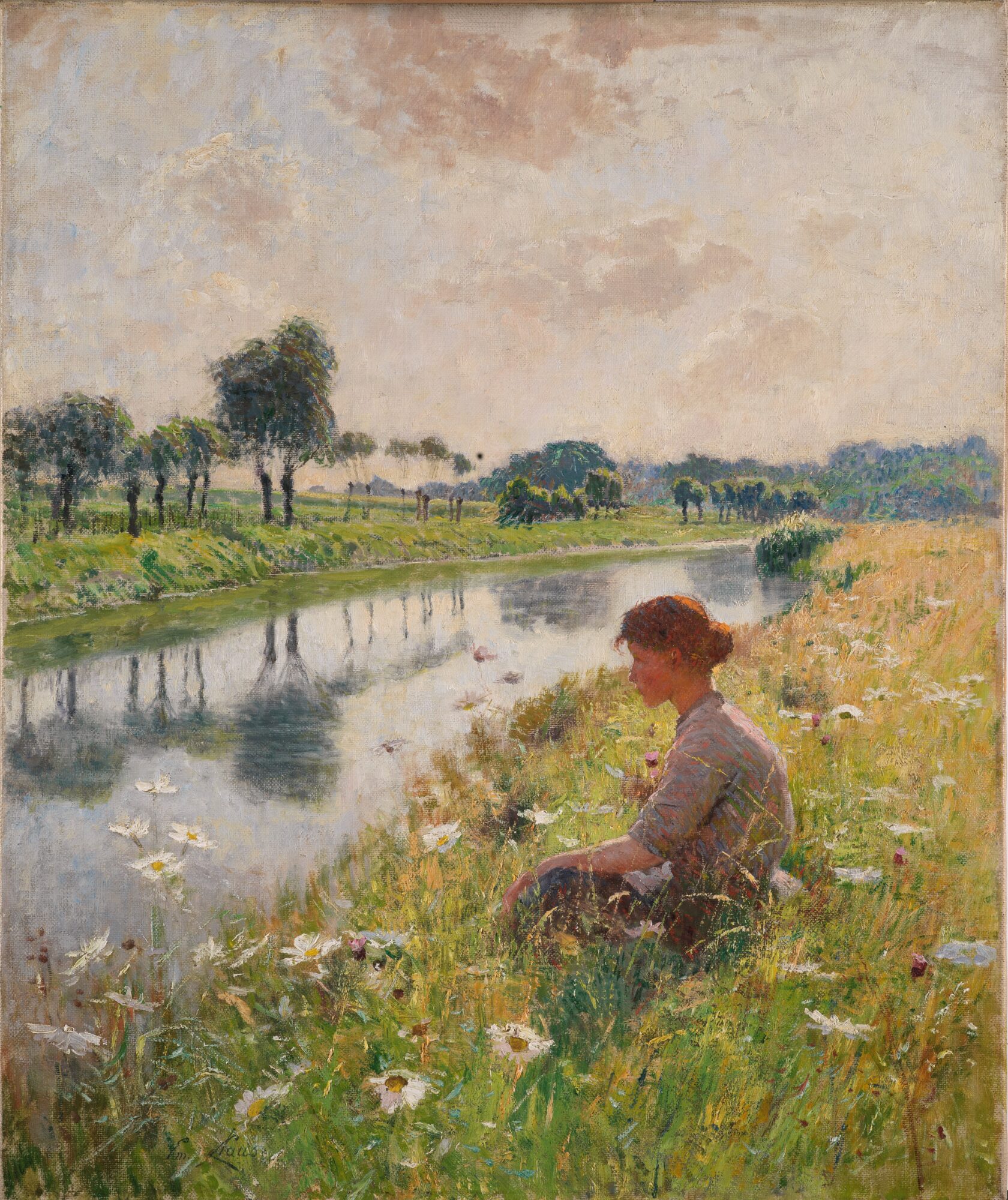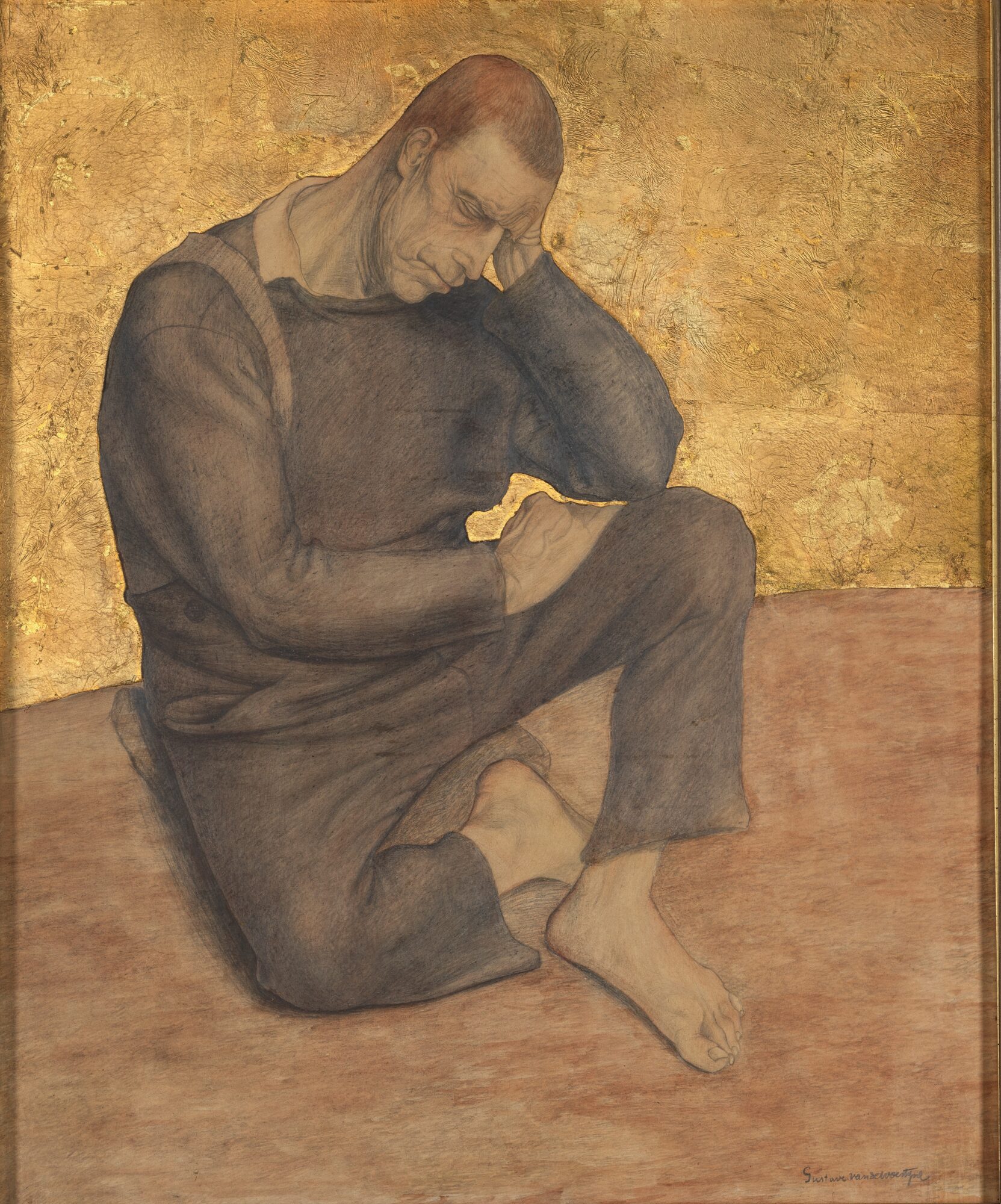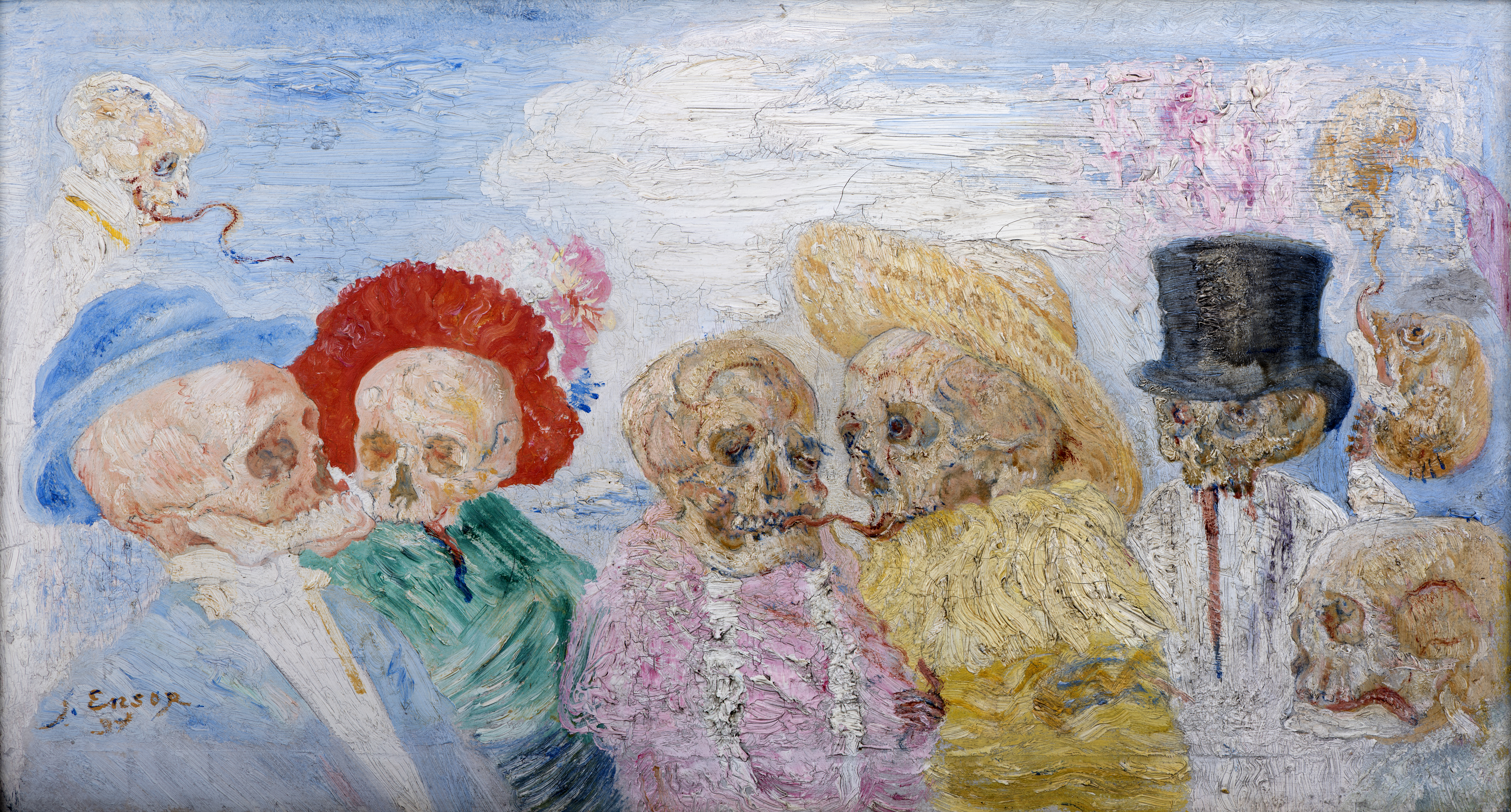Painting Flanders
Flemish Art 1880-1914

In the nineteenth century, Belgium becomes one of the leading industrial nations in the world. Farmers become factory workers, deserting the countryside for the city to live cheek by jowl in cramped and stinking slums. The growing nostalgia for a lost pastoral age causes artists like Emile Claus, Gustave Van de Woestyne, George Minne and Valerius De Saedeleer to abandon the stench of the city for the purer air of countryside. Aware of it or not, they are all searching for their roots, each in their own way. One finds them in ripening cornfields, another in the Bruegelian poetry of a winter landscape or a farmgirl’s sun-reddened face. Glimmering through their extra-ordinary paintings, sculptures and drawings is a kind of collective essence of what Flanders is. A monumental, uncomplicated, and often almost spiritual ode to the region and those whose lives are bound to it. But the Leie is not the only place where people paint. In Ostend James Ensor alternates between authentic fisherfolk and fantastical burlesque, for absurd humour is typically Flemish too. As the nineteenth century turns into the twentieth, Léon Spilliaert finds himself lost in a world of accelerating change. And while the First World War rages around, the paintings of Rik Wouters breathe joie de vivre.
With Painting Flanders, The Phoebus Foundation presents the story of an essential piece of Flemish art history from the end of the 19th century to the UK. The exhibition is a real debut as it is the very first at the newly built museum, Thomas Gainsborough’s House, in Sudbury, Suffolk. In this regard, the birthplace of British portrait genius Thomas Gainsborough (1727-1788) is the perfect location to introduce this story. Similarly to Emile Claus and co, he was inspired by masters like Peter Paul Rubens (1577-1640) and put his own twist on the artistic tradition. Moreover, Suffolk’s picturesque landscape bears many similarities to the vast nature around the river Leie which amazes, soothes, and inspires.


